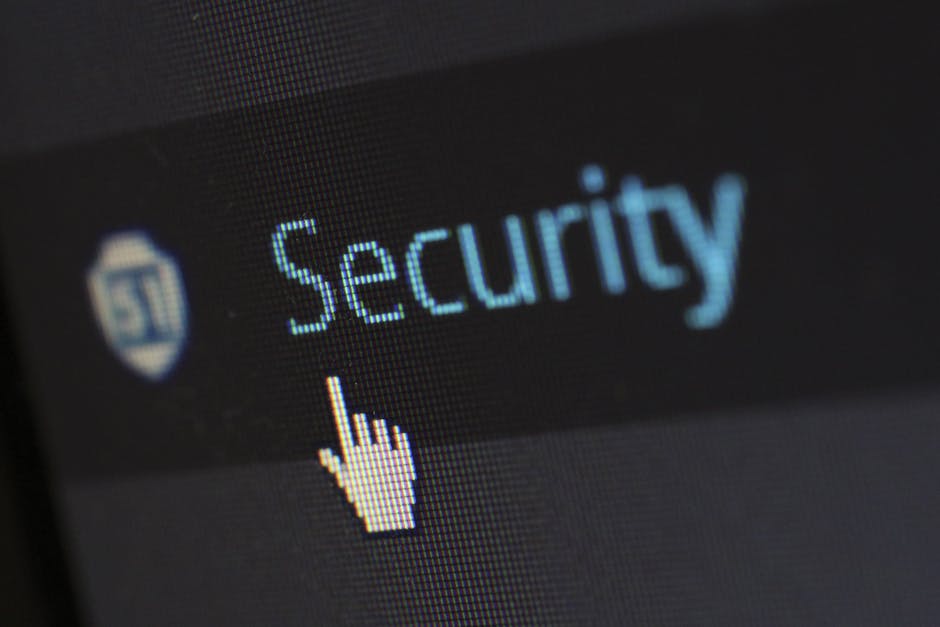How to Secure Your Wi-Fi Network: A Comprehensive Guide
Welcome to the digital era, where Wi-Fi has become an essential part of our daily lives. From streaming movies to attending virtual meetings, our reliance on wireless networks is undeniable. However, with convenience comes the risk of security threats. Protecting your Wi-Fi network is crucial to safeguarding your personal information and sensitive data. In this comprehensive guide, we will explore the best practices and strategies to secure your Wi-Fi network effectively.
The Importance of Wi-Fi Security

Wi-Fi security is not just about preventing unauthorized users from leeching off your network; it’s about protecting your sensitive information from potential cyber threats. Hackers can exploit unsecured Wi-Fi networks to access your personal data, including passwords, financial information, and browsing history. By securing your Wi-Fi network, you can mitigate these risks and ensure a safe online experience for you and your family.
Understanding Wi-Fi Encryption

Encryption is the process of encoding information in such a way that only authorized parties can access it. When it comes to Wi-Fi security, encryption plays a critical role in protecting your data from interception. The most common encryption protocols used in Wi-Fi networks are WEP, WPA, and WPA2. WEP (Wired Equivalent Privacy) is the oldest and least secure encryption method, while WPA (Wi-Fi Protected Access) and WPA2 are more robust and recommended for securing your network.
It’s important to note that WPA3, the latest encryption standard, offers even stronger protection against security threats. If your router and devices support WPA3, it’s advisable to upgrade to this protocol to enhance the security of your Wi-Fi network.
Changing Default Passwords and SSID

One of the most common security lapses in Wi-Fi networks is using default passwords and SSIDs (Service Set Identifiers). Hackers can easily crack default passwords, as they are often generic and widely known. To secure your Wi-Fi network, it’s essential to change the default login credentials of your router and create a strong, unique password. Additionally, changing the default SSID can help prevent attackers from identifying the make and model of your router, making it harder for them to exploit vulnerabilities.
When creating a new password for your Wi-Fi network, make sure to use a combination of uppercase and lowercase letters, numbers, and special characters. Avoid using easily guessable passwords such as “123456” or “password,” as these can be cracked within seconds by automated tools.
Enabling Network Encryption

Aside from changing default passwords, enabling network encryption is another crucial step in securing your Wi-Fi network. Encryption scrambles the data transmitted between your devices and router, making it unreadable to unauthorized users. To enable encryption on your network, access your router’s settings through a web browser and navigate to the security tab. Here, you can select the encryption method (e.g., WPA2 or WPA3) and set a strong passphrase to protect your network.
It’s recommended to use the AES (Advanced Encryption Standard) cipher for WPA2 and WPA3 encryption, as it offers stronger security compared to TKIP (Temporal Key Integrity Protocol). By enabling network encryption, you can prevent eavesdropping and unauthorized access to your Wi-Fi network.
Implementing MAC Address Filtering
MAC (Media Access Control) address filtering is a security feature that allows you to control which devices can connect to your Wi-Fi network. Every network-enabled device has a unique MAC address, which can be used to create a list of approved devices. By enabling MAC address filtering on your router, you can restrict access to your network to only those devices whose MAC addresses are on the whitelist.
While MAC address filtering adds an extra layer of security to your Wi-Fi network, it’s important to note that MAC addresses can be spoofed by skilled hackers. Therefore, it should be used in conjunction with other security measures, such as encryption and strong passwords, to enhance the overall security of your network.
Updating Router Firmware Regularly
Router manufacturers frequently release firmware updates to patch security vulnerabilities and improve performance. Keeping your router’s firmware up to date is essential to ensure the security of your Wi-Fi network. To check for firmware updates, log in to your router’s admin panel and look for the firmware update option. If an update is available, download and install it to protect your network from potential exploits.
By staying current with firmware updates, you can stay one step ahead of cyber threats and ensure the stability and security of your Wi-Fi network. Remember to check for updates periodically to keep your router protected against the latest security risks.
Securing Guest Networks
Many modern routers offer the option to create a separate guest network for visitors to connect to. Guest networks are isolated from your main network, preventing guests from accessing your personal devices and data. To secure your guest network, it’s essential to set a strong password and enable encryption, just like you would for your primary network.
Additionally, you can limit the bandwidth and restrict the devices that can connect to the guest network to prevent abuse and unauthorized access. By segregating guest traffic from your main network, you can protect your sensitive information while still providing a convenient way for visitors to access the internet.
Common Misconceptions About Wi-Fi Security
There are several misconceptions surrounding Wi-Fi security that can lead to complacency and potential vulnerabilities. One common misconception is that hiding your SSID will make your network invisible to attackers. While hiding the SSID can deter casual users from connecting to your network, it does not provide any real security benefits. Skilled hackers can easily discover hidden SSIDs using specialized tools, making this practice ineffective as a security measure.
Another misconception is that using a strong password is sufficient to secure your Wi-Fi network. While a strong password is essential, it should be complemented by other security measures such as encryption, MAC address filtering, and firmware updates. Relying solely on a strong password leaves your network vulnerable to other types of attacks, such as eavesdropping and unauthorized access.
Conclusion
To wrap things up, securing your Wi-Fi network is essential to protect your personal information and sensitive data from potential security threats. By following the best practices outlined in this guide, such as changing default passwords, enabling encryption, and updating router firmware regularly, you can enhance the security of your network and enjoy a safe online experience.
Remember that Wi-Fi security is an ongoing process that requires vigilance and proactive measures to stay ahead of cyber threats. By staying informed about the latest security trends and implementing robust security measures, you can safeguard your Wi-Fi network and maintain peace of mind in an increasingly connected world.




